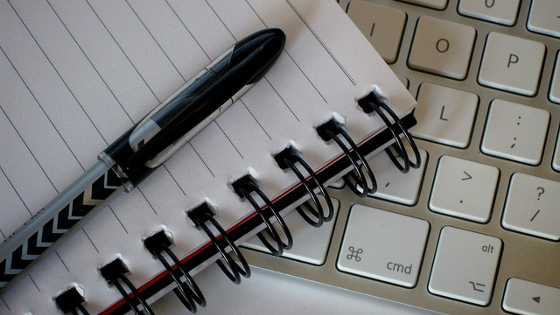Sharing with my family
At the end of this mission, you will be able: to identify, organize and show in a timeline different historical events.
You will work the writing and speaking skills.

Try to think about people of your family. You have to choose one (or two) of them to share different activities: travelling, talking, supporting with your homework... Then, you will write their names and activities. Then, each of you will explain to one of your mates about these relatives and the activities you would like to share with her/him.

